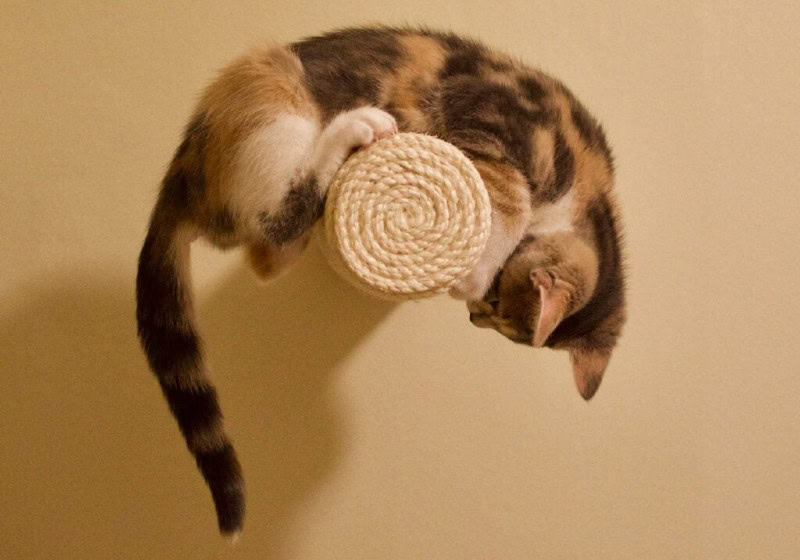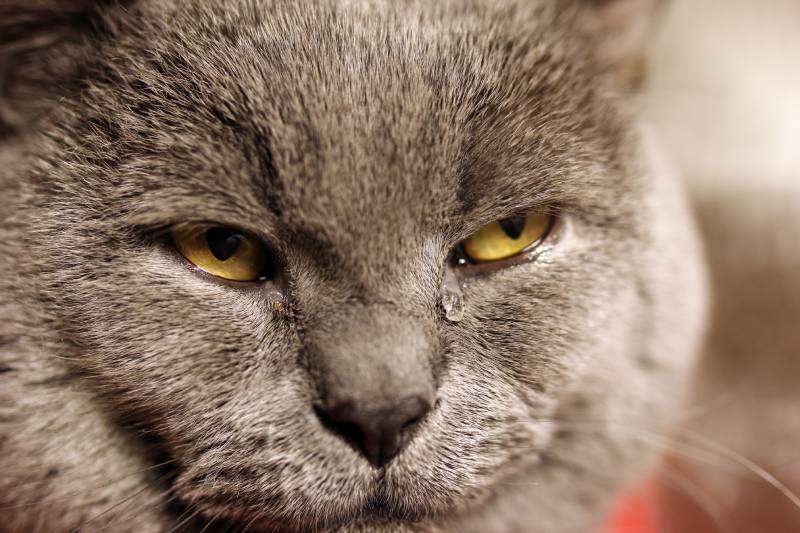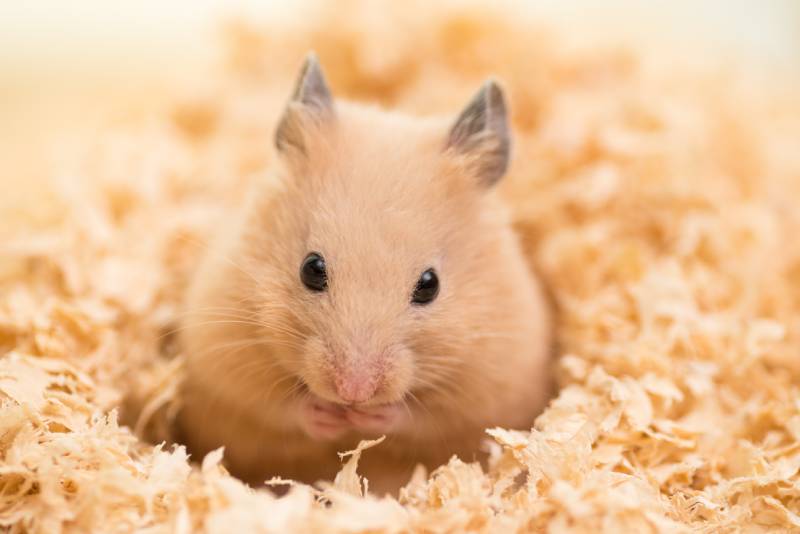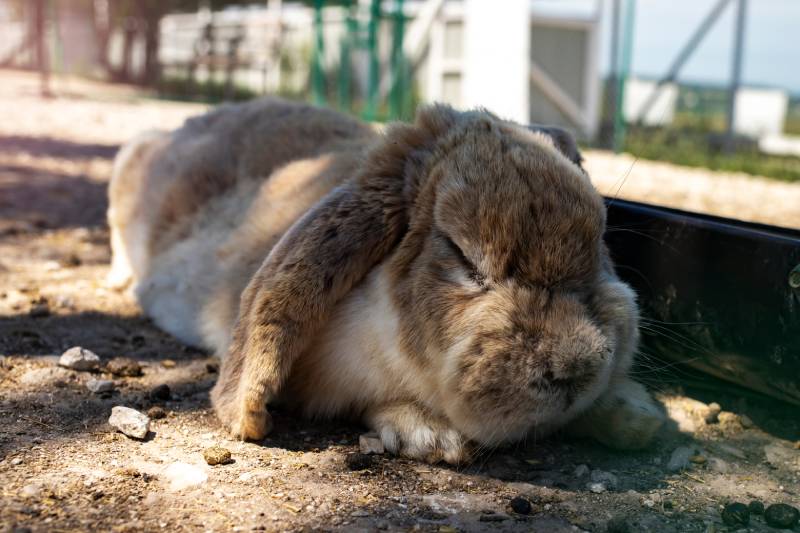VET APPROVED

The information is current and up-to-date in accordance with the latest veterinarian research.
Learn more »Click to Skip Ahead
In stereotypes you may have seen on TV, dogs are more likely to chase their tails than cats. However, in reality, cats may also chase their tails for various reasons. A young kitten may see their tail swish by and become curious, pouncing on it as they would a toy. As entertaining as it might be to watch your cat chase their tail, it can occasionally be a sign of illness. Read on to see what you should do if you catch your cat chasing their tail.

The 4 Possible Reasons Why Your Cat May Chase Their Tail
1. The Behavior Can Be Part of the Kitten Stage
Your young cat interacts with their world as they grow. Curiosity could compel them to chase their tails. They might mistake their tail for a toy and decide to attack. Your kitten will be sorely disappointed if they decide to give their tail a swift bite. Most cats outgrow this behavior—we suspect after they’ve bitten their tails a time or two—but this behavior isn’t always limited to kittens.
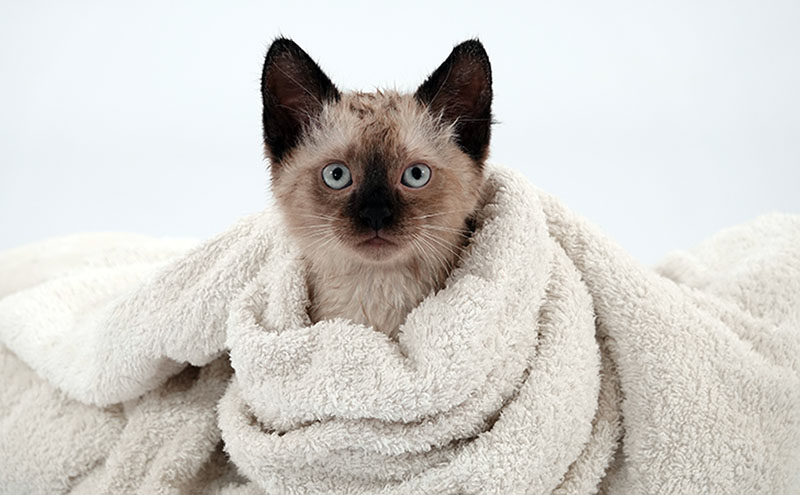
2. Your Cat Is Anxious or Bored
Unusual behaviors often stem from boredom or anxiety about changing conditions. Working at the office, traveling, moving, or introducing new family members can cause your cat to become stressed or frustrated. If you’re gone from home for most of the day, your cat could take up tail chasing as a new hobby to help combat separation anxiety and boredom.
3. Your Cat Could Have an Infection on Their Tail
Unfortunately, it’s very easy for your cat to develop an infection on their tail. If your cat or another cat in their environment has bitten their tail, your cat could be trying to lick their tail because it’s hurting them, due to a wound or an abscess. This is more likely the case if your cat is also displaying signs of pain and discomfort such as growling when you touch the area, or if there is a visible skin wound, bleeding, swelling or discharge.
Allergies are another potential culprit behind skin irritation and itchiness and can have environmental, or dietary causes or be due to allergies to flea saliva. You will need to take your cat to the vet if they suddenly begin chasing their tail for no apparent reason or this behavior is accompanied by other signs such as itchy skin, missing fur, swelling, scabs, presence of fleas or flea dirt, discharge, or displaying obvious discomfort.
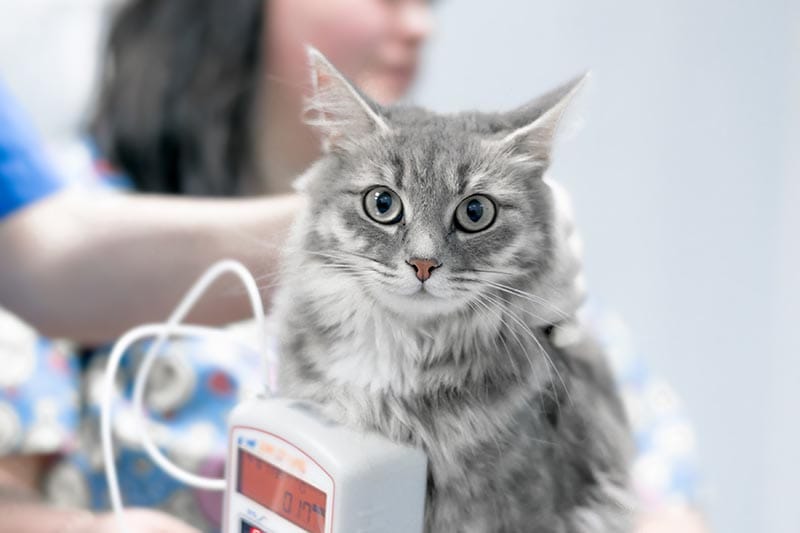
4. They Could Have Hyperesthesia Syndrome
Hyperesthesia syndrome is a condition that yet remains a bit of a mystery, with some veterinary neurologists suspecting it may actually be a type of seizure. There is increased skin sensitivity around the back and the base of the tail, which, when touched, causes various neurological signs, such as twitching, wriggling skin, and discomfort, leading the cat to scratch at and bite the area. Some cats may also drool and chase their tail. You shouldn’t assume your cat has hyperesthesia syndrome every time your cat grabs hold of their tail, but it’s definitely a condition that you should be aware of in case they start to show more corresponding signs.
Anxious cats suffering from this condition may have a more profound hyperesthetic reaction, which suggests that the issue may have complex underlying causes. There seems to be a genetic predisposition since certain breeds like the Siamese are more likely to develop the disease.
During a hyperesthesia episode, some cats may simply scratch the area and stop there, while in other cats, the skin might ripple, their pupils dilate, and they may try to harm the affected skin area. Cats usually show signs of pain if they’re touched during this time and may even try to bite you. Call your vet immediately if your cat appears to have hyperesthesia syndrome.

How to Prevent Your Cat from Biting Their Tail
There’s no need for concern if your cat chases their tail once in a while with no sign of agitation. While it’s okay for them to merely chase their tails, you should redirect their attention to something else if they start biting their tails, as this may lead to skin lesions that will need veterinary attention. Additionally, don’t let cat siblings bite each other’s tails. If you start to notice this behavior, try to distract your cat by providing them with something stimulating that they can bite and chase, such as a catnip mouse.
Honestly, most cats outgrow tail chasing, especially if they end up biting their tails in the process. As your scratched hands know, kitty nibbles hurt, so they’ll probably drop the habit after they’ve succeeded a couple times, unless there is an underlying health issue.
If your cat keeps biting their tail, you should inspect their tails to see if you notice red skin, swelling, or any injuries. Always take your cat to the vet if they suddenly act aggressively toward you when you try to touch them, or if the tail chasing is accompanied by any other signs of skin damage, wounds, swelling, discharge, or the presence of fleas, or if your cat exhibits signs that may resemble hyperesthesia syndrome.
As another option, if you're looking to give your cat something exciting, we know of an awesome scratcher that both encourages play and doubles as a stylish modern furniture piece. The Hepper Hi-Lo Cat Scratcher is designed with a curved shape for dynamic movement, is built to last with safe and sturdy birch plywood and thick cardboard, and offers three height options to ensure your cat enjoys the exercise, elevation, and excitement they crave ... and, it's affordable!
At PangoVet, we've admired Hepper for many years, and decided to take a controlling ownership interest so that we could benefit from the outstanding designs of this cool cat company!

Conclusion
It’s normal for young kittens to chase their tails as they explore their environment. After all, they sort of have a built-in toy to hunt whenever they’re bored. However, your cat actually biting their tail isn’t usually okay. It’s almost always a sign that something isn’t quite right. Obviously, it hurts your cat when they bite their own tail, and they’ll usually only do it when they’re trying to address an issue, such as itchy skin from allergies, fleas, or a painful skin wound. Tail biting can become a habit your cat has adopted in order to cope with stress.
In rare cases, your cat may be showing signs of hyperesthesia, which is characterized by wriggling skin, a sudden urge to scratch and bite their back and tail base, and sometimes dilated pupils, excessive excitability, and agitation. Take your cat to the vet if they start experiencing abnormal behaviors, or if you spot anything unusual about their tail.
- Cat Behavior Problems – Compulsive Disorders in Cats | VCA | VCA Animal Hospitals
- Feline Hyperesthesia Syndrome (Twitchy Cat Syndrome) | PetMD
- Hyperesthesia Syndrome | Cornell University College of Veterinary Medicine
- Why Is My Cat Chasing Their Tail? 8 Vet-Approved Reasons – Catster
- Ask a Vet with Dr. Sam: Why do cats chase their tails? – MRFRS | The Merrimack River Feline Rescue Society
Featured Image Credit: CarruthersCat, Shutterstock
